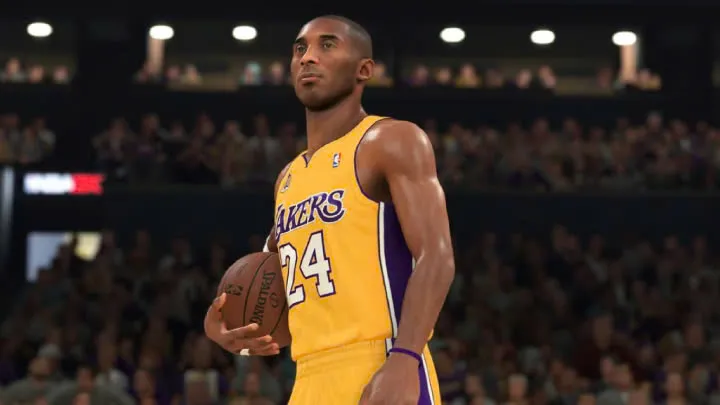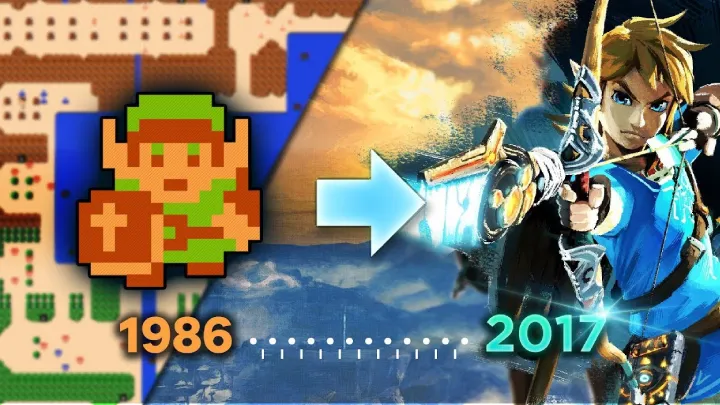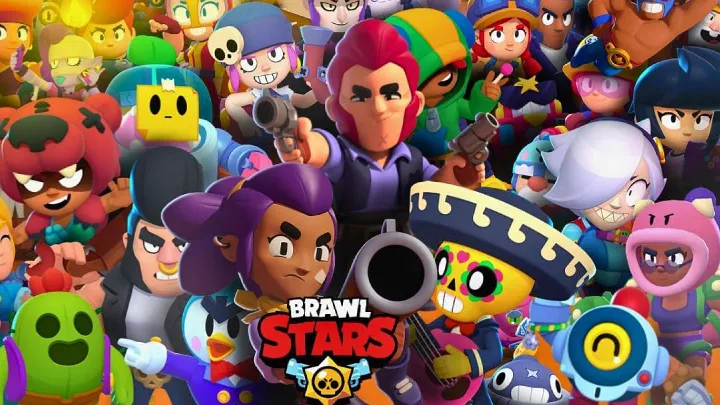In the last decade, streaming has completely revolutionized how we consume entertainment. Netflix, often credited as the pioneer of this cultural shift, has shaped global viewing habits and redefined the television industry. Yet, as technology evolves and audience preferences diversify, Netflix is no longer the sole giant in the arena. Emerging competitors and specialized services are rising rapidly, offering content variety, technological innovation, and unique user experiences that sometimes surpass Netflix itself.
This article explores the top 5 streaming platforms redefining entertainment beyond Netflix in 2025. Each platform has been evaluated not only for its content library but also for its pricing, user interface, innovation in delivery, global accessibility, and cultural influence. Together, they represent the next chapter of streaming—a future where personalization, interactivity, and niche appeal take center stage.
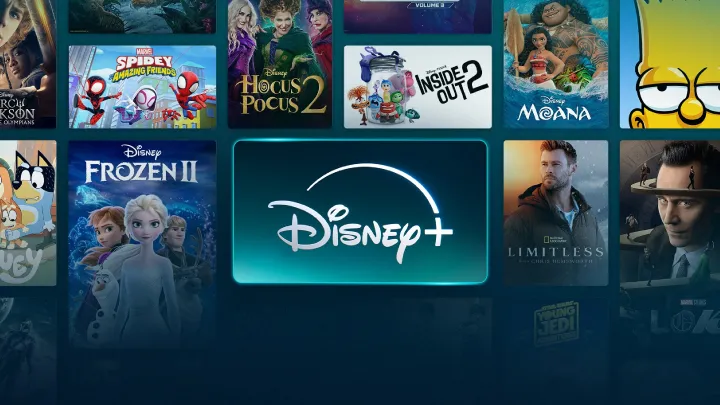
1. Disney+ – The Home of Global Franchises
Launched in 2019, Disney+ quickly transformed into a juggernaut of the streaming wars. By consolidating Disney classics, Pixar films, Marvel Cinematic Universe titles, Star Wars sagas, and National Geographic documentaries under one roof, the platform created an unparalleled family-friendly content hub.
What makes Disney+ unique is not just its massive catalog but the cultural dominance of its franchises. Marvel series like Loki or WandaVision became global watercooler conversations, while new Star Wars spin-offs have drawn generations of fans into serialized storytelling that once belonged exclusively to cinemas. Its strategy of releasing weekly episodes instead of binge drops keeps audiences engaged over longer periods, redefining how viewers anticipate new content.
In 2025, Disney+ continues to expand globally, offering original content tailored to different markets. Its integration with Hulu and ESPN+ through bundled subscriptions strengthens its competitive edge. With its balance of nostalgia and innovation, Disney+ has proven that Netflix’s model can be surpassed by the power of iconic intellectual property.
Pros: unmatched franchises, affordable bundle options, growing global catalog.
Cons: less variety outside family and franchise content, regional release delays.
Rating: 9/10
2. Amazon Prime Video – The Underdog Turned Powerhouse
Amazon Prime Video began as a value-added perk to the Prime shipping service but has evolved into a serious global competitor. Its strength lies in accessibility—bundled with Amazon Prime, it reaches hundreds of millions of subscribers instantly. However, Prime Video has not remained in Netflix’s shadow. Instead, it has invested heavily in originals, with hits like The Boys, The Marvelous Mrs. Maisel, and Jack Ryan.
What sets Prime Video apart is its global strategy. Amazon has acquired rights to popular content in India, Latin America, and Europe, tailoring its catalog to regional tastes while offering blockbusters like The Lord of the Rings: The Rings of Power that aim to redefine epic television. Beyond that, the integration with Amazon’s e-commerce ecosystem makes renting or buying movies seamless, offering a hybrid model Netflix lacks.
By 2025, Amazon continues to invest billions in original productions, expanding into live sports streaming and interactive features. The diversity of its offerings—from Bollywood to Hollywood—positions Prime Video as not just a Netflix alternative, but a gateway to worldwide entertainment.
Pros: global content variety, strong originals, integration with e-commerce.
Cons: cluttered user interface, occasional lack of content curation.
Rating: 8.5/10
3. HBO Max (Now Rebranded as Max) – Prestige Television Reinvented
For decades, HBO has been synonymous with prestige storytelling. From The Sopranos to Game of Thrones, the network redefined television as an art form. With the launch of HBO Max in 2020, and its rebranding to simply Max in 2023, the company expanded its offerings to include Warner Bros. films, DC Universe content, Cartoon Network classics, and more.
Max is unique because of its dual identity: it delivers both critically acclaimed originals and blockbuster films. Shows like Succession, Euphoria, and The Last of Us prove that HBO’s legacy of high-quality storytelling thrives in the streaming age. At the same time, Warner Bros.’ theatrical releases often arrive on Max shortly after cinemas, giving subscribers a near-cinematic experience from home.
The platform’s greatest strength lies in quality over quantity. While Netflix floods the market with hundreds of titles, Max curates its library carefully. Its interface, while not perfect, emphasizes premium branding. In 2025, Max continues to lean into event-based content releases that capture the cultural zeitgeist, making it the go-to platform for viewers who value artistry.
Pros: prestige content, early film releases, strong brand identity.
Cons: smaller catalog, higher pricing tiers.
Rating: 9.2/10
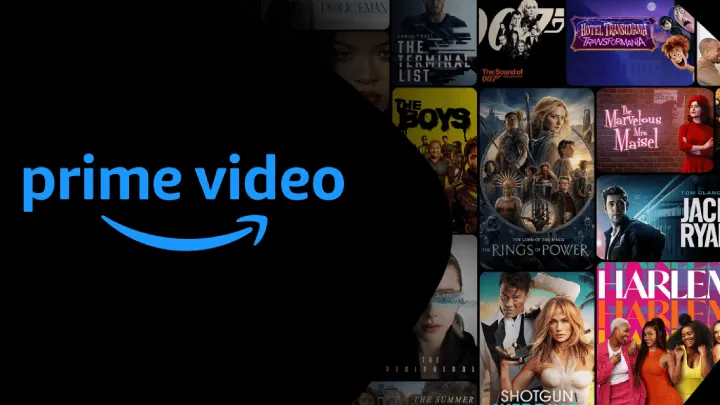
4. Apple TV+ – Minimalist Design, Maximum Impact
Apple TV+ entered the streaming wars in 2019 with skepticism. Unlike competitors, it launched without a massive back catalog. Instead, Apple invested exclusively in original programming. Over time, this strategy paid off spectacularly. Series like Ted Lasso, Severance, and The Morning Show became cultural touchstones, proving that quality originals could rival quantity.
Apple TV+ differentiates itself through its minimalist user interface, high-quality production values, and global distribution. Its strategy emphasizes prestige dramas, comedies, and documentaries, often featuring A-list talent. Moreover, Apple’s financial resources allow for experimentation—whether in immersive technology, Dolby Vision, or interactive elements.
In 2025, Apple TV+ continues to expand cautiously, focusing on award-winning content that elevates its brand. While it does not have the volume of Netflix or Disney+, its carefully curated slate attracts subscribers who value artistry, innovation, and exclusivity. By redefining the role of originality in streaming, Apple has proven that a lean model can still command global influence.
Pros: critically acclaimed originals, sleek interface, global reach.
Cons: limited catalog size, reliance on constant new releases.
Rating: 8.7/10
5. Hulu – The Hybrid Model of Live and On-Demand
Hulu occupies a unique position in the streaming ecosystem. Unlike most competitors, it offers both on-demand shows and a live TV option, making it a hybrid between traditional cable and modern streaming. Owned primarily by Disney, Hulu complements Disney+ by offering edgier, adult-oriented content.
Its catalog includes popular network television shows available the day after broadcast, original series like The Handmaid’s Tale, and an expanding library of films. For U.S. audiences, Hulu is also a practical replacement for cable, with add-ons for sports, news, and premium channels.
In 2025, Hulu’s strength lies in flexibility. While Netflix sticks to on-demand, Hulu bridges the gap between live and digital, appealing to audiences who still want immediacy without giving up streaming convenience. The platform’s bundle with Disney+ and ESPN+ enhances its value, ensuring it remains central to the streaming wars.
Pros: live + on-demand hybrid, strong originals, affordable bundles.
Cons: mostly U.S.-centric, ads in cheaper tiers.
Rating: 8.3/10
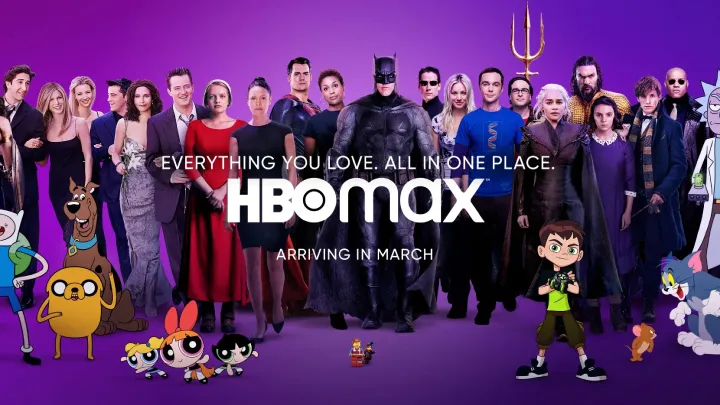
Conclusion – The Future Beyond Netflix
The dominance of Netflix is undeniable, but its monopoly is gone. The top five platforms redefining entertainment—Disney+, Amazon Prime Video, HBO Max, Apple TV+, and Hulu—represent different strategies, audiences, and strengths. Disney+ thrives on franchise power. Prime Video harnesses global variety and Amazon’s ecosystem. HBO Max delivers prestige storytelling. Apple TV+ champions originality and premium aesthetics. Hulu bridges traditional and modern viewing with its hybrid model.
Together, these platforms reshape the landscape of global entertainment. They highlight that the future is not about one giant but about diverse ecosystems that cater to different tastes. For viewers, this competition ensures innovation, better content, and more choices than ever before.
Streaming beyond Netflix is not just an alternative—it is a cultural evolution. In 2025 and beyond, these platforms will continue to redefine not only how we watch but also what stories shape our world.












